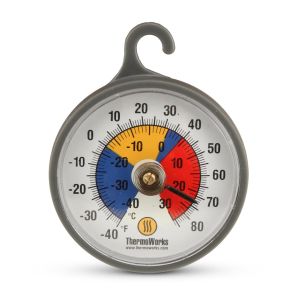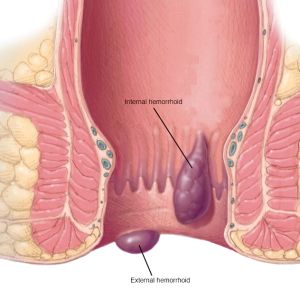 A couple of years back, 600 million people in India were without power for two days. It was not only lights out – but lights out for half of the population. Can you imagine the chaos?
A couple of years back, 600 million people in India were without power for two days. It was not only lights out – but lights out for half of the population. Can you imagine the chaos?
More recently, there have been significant power outages in North America. In late October 2012, Hurricane Sandy brought high winds and coastal flooding to a large portion of the eastern United States, leaving an estimated 8 million customers without power. Not quite as bad but serious none-the-less, the ice storms of December 2013 cumulatively left over 1 million people without power.
When the power goes out (commonly called “grid down”), so do transportation systems, manufacturing systems, communications systems and of course, household systems. And what about those household systems? The first thing that comes to mind is heating and cooling when the temperate drops to below freezing or the heat swelters to 90 degrees Fahrenheit with 80% humidity.
Personal comfort aside, there is a big issue with our dependence on refrigeration in keeping food safe. In recent weeks, I have been asked about food safety when the grid is down. One of the more specific questions has been “what is safe to eat after thawing and being re-frozen following a power outage?”.
I can not say that I am an expert on the subject but I can share some guidelines to follow when the power grid goes down for more than a few hours.
Keeping Food Safe When the Power Goes Out
1. Place appliance thermometers in both the refrigerator and the freezer. After a power outage, check the temperature to determine whether your food is still safe to consume. Safe temperatures are 40°F or lower in the refrigerator, 0°F or lower in the freezer. Continue reading →
 Hemorrhoids (also known as piles) are swelling in veins in the anal region and lower part of the rectum. Hemorrhoids may be internal (located inside the rectum) or external (developing in the skin around the anus).
Hemorrhoids (also known as piles) are swelling in veins in the anal region and lower part of the rectum. Hemorrhoids may be internal (located inside the rectum) or external (developing in the skin around the anus).
 A couple of years back, 600 million people in India were without power for two days. It was not only lights out – but lights out for half of the population. Can you imagine the chaos?
A couple of years back, 600 million people in India were without power for two days. It was not only lights out – but lights out for half of the population. Can you imagine the chaos?